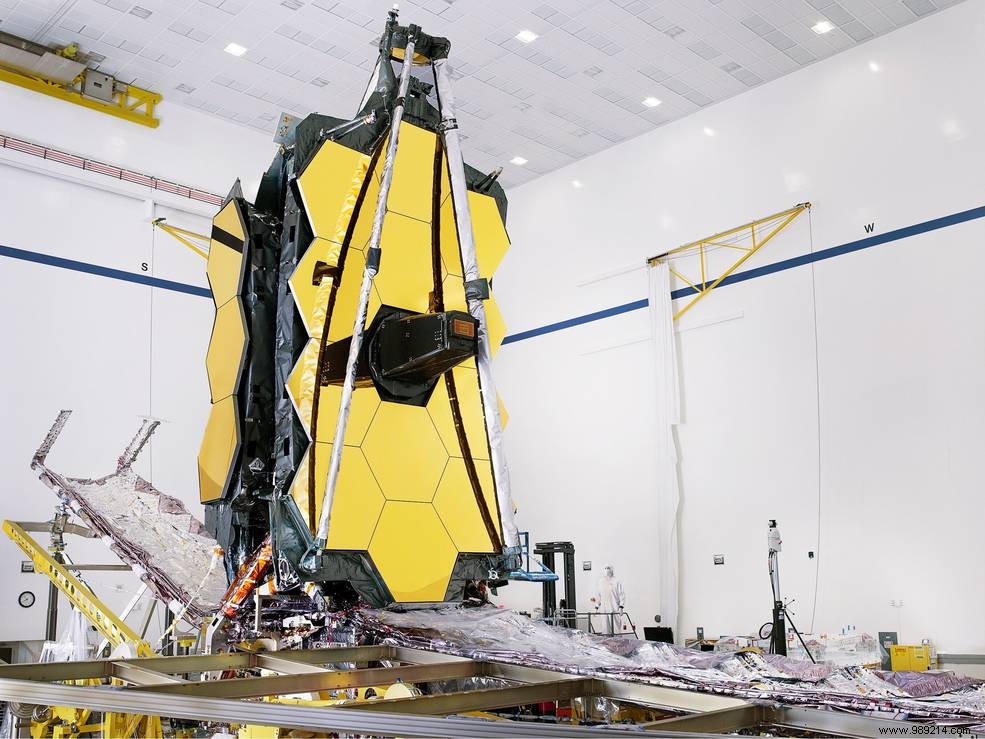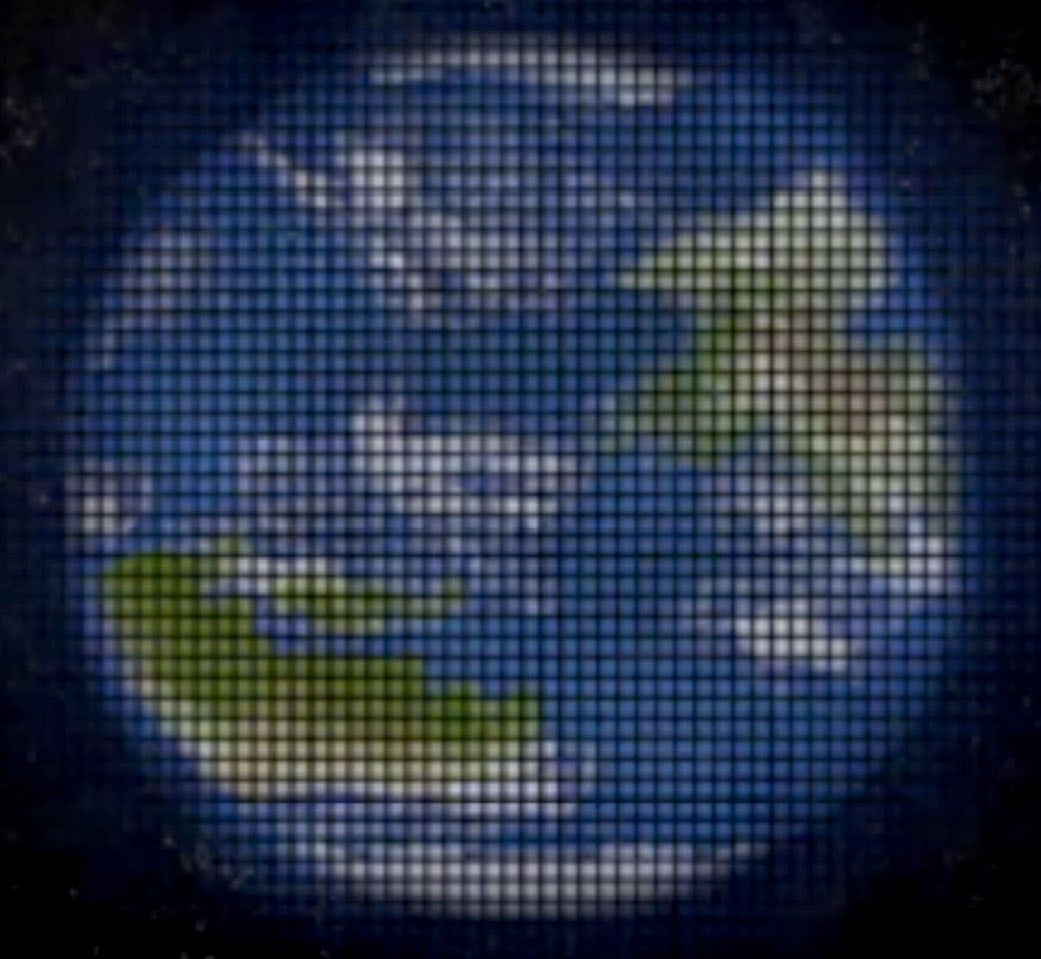What if our world isn't the best place to live? American researchers believe that some planets are more conducive to the development and maintenance of life than the Earth.
Earth, the only planet known to harbor life, is a fortiori considered the most favorable ground for the emergence and development of living things, but is it really the case ? Could there be other worlds in the universe where it would be better to live? Astronomer Dirk Schulze-Makuch of Washington State University thinks that is indeed the case. He details his work in the journal Astrobiology .
In the years and decades to come, increasingly powerful observatories will allow us to probe the Universe as never before. We are thinking in particular of the James Webb Telescope (NASA), whose launch is scheduled for next year or PLATO, developed by the European Space Agency (ESA), scheduled to be launched in 2026. There will be others. . For example, LUVOIR is one of four proposals for space observatories that NASA plans to develop in the decade 2025-2035.
That said, astronomer Dirk Schulze-Makuch believes that with all these instruments to come, it will be important to prioritize certain targets . "We will need to focus our efforts on the planets with the most promising conditions for complex life . However, we must be careful not to get stuck on our search for a 'second Earth', as there may be worlds more suitable for life than our own “, he explains.
In his study, Dirk Schulze-Makuch surrounded himself with René Heller, from the Max Planck Institute for Solar System Research, and Edward Guinan, from Villanova University. Together, they sought to identify the criteria of super-habitability that these planets should present . They then researched which among the 4,500 known worlds beyond our Solar System might answer. .

Researchers naturally selected supposed terrestrial-type planets , orbiting in the area of their star allowing the presence of liquid water on the surface .
Regarding stars, the researchers obviously took into account G-type stars, like our Sun. On the other hand, they point out that the latter only has a lifespan of about ten billion years and that complex life did not fully develop on Earth until at least four billion years ago. /P>
Also, they consider that many stars similar to our sun may run out of fuel before complex life can develop on their planet. That's why in addition to looking at systems with G stars, the researchers also considered systems with K dwarf stars (orange dwarfs). A little colder, less massive and less luminous than our sun, they have a long lifespan of twenty to seventy billion years .
These stars could thus allow life, if it ever appears on a planet, to have more time to develop. However, to be habitable, these worlds must not be "too old" either, at the risk of exhausting their geothermal heat and running out of protective geomagnetic fields. Also, to maximize the chances of habitability, researchers believe that we should focus our efforts on planets that are between 4.5 billion years old (like Earth) and eight billion years old.

The size and mass of these planets also matter. With this in mind, astronomers propose to focus on worlds a little larger than Earth (about 10%) , so as to maximize the habitable land area. Planets approximately 1.5 times more massive could also preserve their internal heat longer and would also have a stronger gravity. This would allow them to retain an atmosphere for a longer period.
Finally, the authors point out that heat and humidity also go well together. In fact, we observe on Earth a greater biodiversity in the humid tropical forests than in the colder and drier zones. Also the researchers propose to focus on worlds with a surface temperature about 5°C higher than the average temperature of the Earth , with a higher humidity level.
Finally, the researchers narrowed down the sample of over 4,500 exoplanets to twenty-four contenders , all moving more than a hundred light-years away . It is therefore useless to imagine being able to go there one day.
Note that none of these planets meet all of these criteria. On the other hand, they are the ones that come closest to it. Of this sample, sixteen are between five and eight billion years old, for example, and five would have adequate surface temperatures. One of them, KOI 5715.01, however, stands out from the others by checking off four essential characteristics, making it more suitable for life than our beautiful planet.